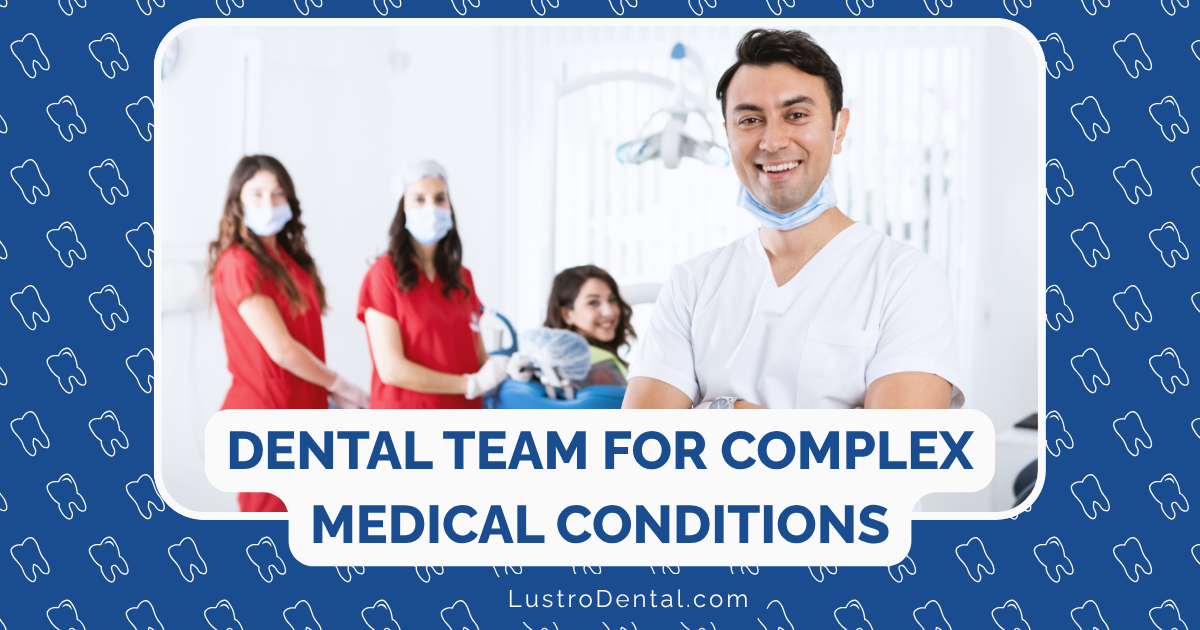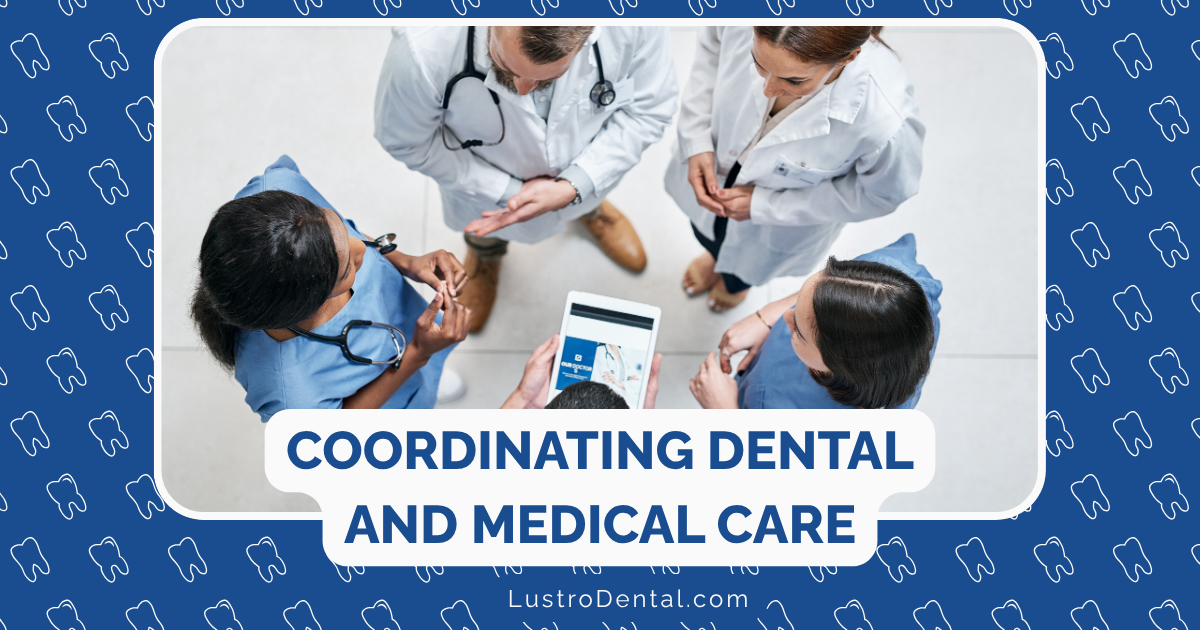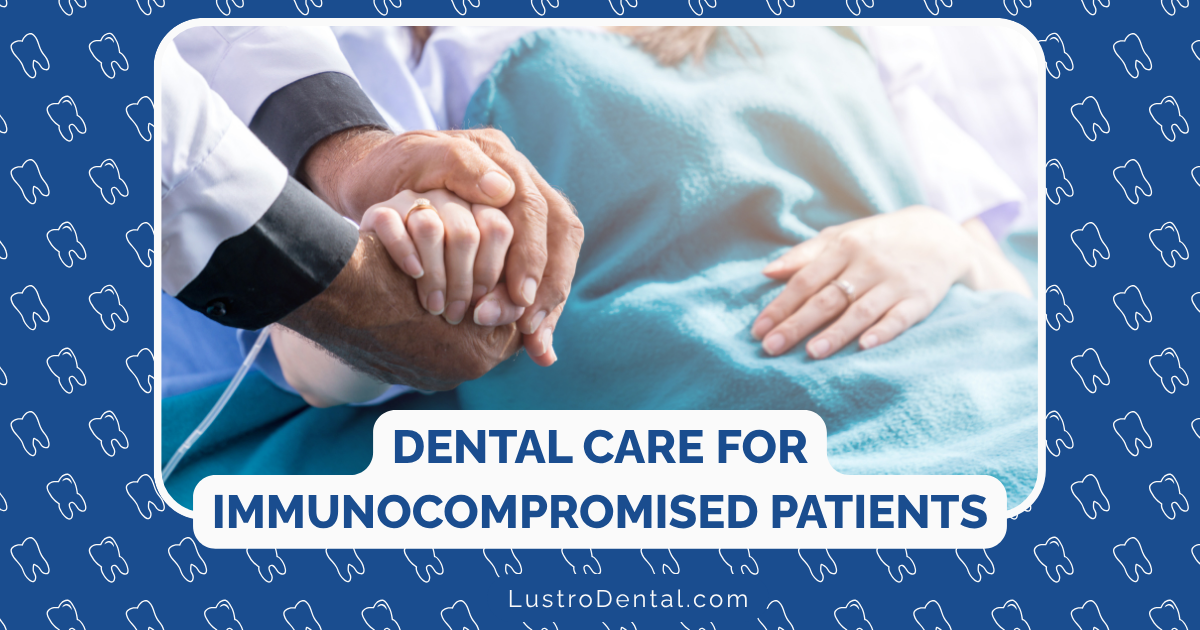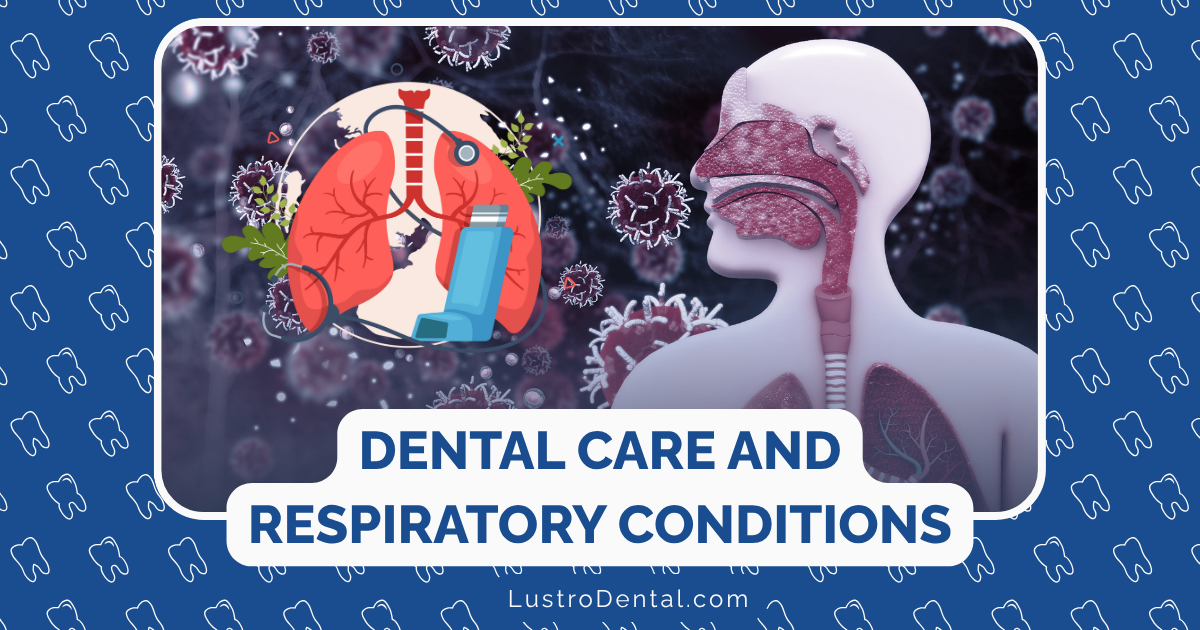Communication Strategies for Dental Visits with Non-verbal Patients
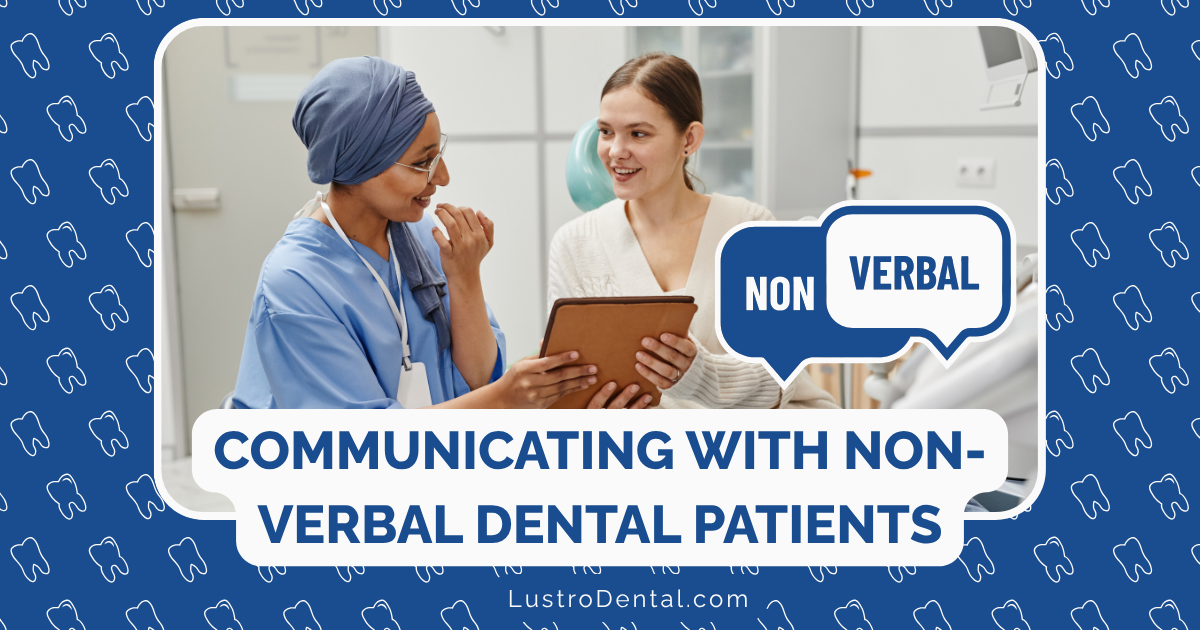
The dental chair can be an intimidating place for anyone. Now imagine sitting there unable to express your fears, ask questions, or tell the dentist when something hurts. This is the reality for many non-verbal patients who face unique challenges during dental visits.
As someone who’s worked with diverse patient populations for years, I’ve seen how thoughtful communication strategies can transform these potentially stressful experiences into positive ones. When we adapt our approach to meet the communication needs of non-verbal patients, we not only provide better clinical care—we honor their dignity and humanity.
Understanding Non-verbal Patients in the Dental Setting
Non-verbal patients are a diverse group that may include:
- Individuals with autism spectrum disorders who may not use spoken language
- Patients with developmental or intellectual disabilities affecting communication
- People who have experienced strokes or traumatic brain injuries
- Patients with progressive conditions like ALS or advanced dementia
- Children with speech and language delays
- Individuals with severe anxiety that temporarily impairs verbal communication
According to the American Speech-Language-Hearing Association, approximately 5 million Americans may benefit from augmentative and alternative communication (AAC) methods. Many of these individuals will sit in your dental chair at some point, making effective non-verbal communication strategies essential for comprehensive care.
The Communication Challenges in Dental Settings
Dental visits present unique communication challenges for non-verbal patients:
- Complex sensory environment: Bright lights, unfamiliar sounds, unusual tastes, and necessary physical proximity can be overwhelming
- Abstract concepts: Explaining dental procedures involves complex ideas that are difficult to convey without words
- Pain communication: Expressing discomfort or pain during procedures requires alternative methods
- Consent and cooperation: Ensuring informed consent and cooperation becomes more complex without verbal confirmation
- Anxiety expression: Dental anxiety may be heightened when patients cannot verbally express fears or ask questions
Dr. Sarah Johnson, a pediatric dentist specializing in special needs care, notes: “The biggest misconception is that non-verbal means non-communicative. Every patient communicates—we just need to learn their language.”
Pre-Appointment Preparation: Setting the Stage for Success
Successful dental visits for non-verbal patients begin long before they enter the operatory.
Comprehensive Intake Process
Develop a detailed intake form specifically for non-verbal patients that collects information about:
- Preferred communication methods
- Specific triggers or sensitivities
- Previous dental experiences (positive and negative)
- Effective calming strategies
- Warning signs of distress
- Successful approaches used in other healthcare settings
This information becomes the foundation for personalized communication strategies.
Pre-Visit Familiarization
Consider offering pre-appointment office visits that allow patients to:
- Explore the dental environment without pressure
- Meet the dental team who will provide care
- Become familiar with equipment, sounds, and sensations
- Practice sitting in the dental chair
- Establish communication methods for the actual appointment
Research shows that desensitization through gradual exposure significantly reduces anxiety for many non-verbal patients.
Visual Preparation Tools
Create and share resources that visually explain the dental visit:
- Social stories: Personalized narratives with simple text and images that walk through each step of the dental visit
- Video tours: Short videos showing the office, staff, and basic procedures
- Visual schedules: Step-by-step picture sequences of what will happen during the appointment
Many dental practices now offer these resources on their websites for download and review before appointments.
Augmentative and Alternative Communication (AAC) Systems
AAC encompasses a wide range of tools and strategies that can enhance communication during dental visits.
Low-Tech AAC Options
Simple, non-electronic communication tools can be remarkably effective:
- Picture communication boards: Custom boards with dental-specific images (e.g., different instruments, actions, pain scales)
- Visual choice boards: Images that allow patients to make choices about aspects of their care
- Communication cards: Simple cards with messages like “stop,” “break,” or “hurts”
- Yes/No cards: For responding to direct questions
- Pain scales: Visual representations of discomfort levels (faces, numbers, colors)
High-Tech AAC Solutions
For patients who regularly use electronic communication devices:
- Speech-generating devices: Encourage patients to bring their personal devices
- Communication apps: Tablet-based apps with dental-specific vocabulary
- Text-to-speech technology: For patients who can type but not speak
- Eye-gaze systems: Advanced technology that tracks eye movement to select communication options
Dr. Michael Chen, who specializes in treating patients with complex communication needs, advises: “Always ask caregivers about the AAC systems patients use daily. Consistency across settings reduces anxiety and improves communication effectiveness.”
The Picture Exchange Communication System (PECS)
PECS deserves special mention as a highly effective approach for many non-verbal patients, particularly those with autism spectrum disorders. This structured system teaches individuals to initiate communication by exchanging picture cards for desired items or activities.
In dental settings, PECS can be adapted to:
- Allow patients to request breaks
- Express discomfort
- Ask questions
- Make choices about aspects of care
Research published in the Journal of Autism and Developmental Disorders has shown that PECS can significantly improve dental experiences for non-verbal patients, reducing anxiety and increasing cooperation.
Creating a Communication-Friendly Environment
The physical environment plays a crucial role in supporting effective communication with non-verbal patients.
Sensory Considerations
- Lighting: Offer sunglasses or dim overhead lights that might interfere with visual communication
- Sound management: Minimize background noise that could distract from communication efforts
- Visual clarity: Ensure communication tools are visible and accessible
- Personal space: Position yourself at eye level when communicating
- Comfort items: Allow comfort or fidget items that help patients remain calm enough to communicate
Visual Supports in the Operatory
Transform your treatment room with visual supports:
- Visual timers: Show how long procedures will take
- First-Then boards: Visually represent “First we do X, then we do Y”
- Visual schedules: Post the sequence of the appointment where patients can see it
- Reward systems: Visual token systems to acknowledge cooperation
- Procedure photos: Images showing each step of common procedures
These visual supports provide structure and predictability that support communication.
Non-verbal Communication Techniques
Remember that communication is about much more than words. Developing sensitivity to non-verbal cues is essential.
Reading Body Language
Learn to recognize signs of distress, comfort, or questions:
- Changes in facial expression
- Body tension or relaxation
- Eye gaze direction
- Breathing patterns
- Gestures or movements
Expressing Through Your Non-verbal Communication
Be mindful of your own non-verbal signals:
- Maintain a calm, open posture
- Use appropriate facial expressions
- Demonstrate procedures on models first
- Move slowly and predictably
- Provide gentle, appropriate touch when needed
Dental hygienist Rebecca Torres shares: “I’ve learned that my own body language speaks volumes. When I’m rushed or tense, my non-verbal patients pick up on it immediately. Taking a deep breath and centering myself before entering the room makes a tremendous difference.”
The Tell-Show-Do Approach, Adapted
The classic Tell-Show-Do approach can be modified for non-verbal patients:
- Tell (through visual or alternative communication): Use pictures, demonstrations, or AAC to explain what will happen
- Show (with enhanced visual supports): Demonstrate on models, use videos, or allow patients to handle equipment safely
- Do (with continuous communication): Maintain communication throughout the procedure using established methods
This approach respects the patient’s need for predictability while acknowledging their unique communication style.
Interpreting Pain and Discomfort Signals
Developing systems to identify and respond to pain is critical for safe, comfortable care.
Personalized Pain Communication Systems
Work with patients and caregivers to establish:
- Consistent signals for discomfort (raised hand, touch to cheek, picture card)
- Graduated pain scales using colors, faces, or numbers
- Methods to indicate location of pain
- Signals for requesting breaks
Monitoring Non-verbal Pain Cues
Be vigilant for signs that might indicate pain or distress:
- Changes in breathing pattern
- Increased muscle tension
- Facial grimacing
- Protective movements
- Tears or sweating
- Unusual vocalizations
Dr. James Wilson, a dentist with extensive experience treating non-verbal patients, emphasizes: “We need to be even more attentive to subtle cues with non-verbal patients. Sometimes the slightest change in expression is their way of communicating significant discomfort.”
Collaborating with Caregivers and Support Teams
Caregivers are invaluable partners in developing effective communication strategies.
Caregiver Involvement
- Invite caregivers to participate appropriately during appointments
- Learn from their expertise about the patient’s communication style
- Ask about successful strategies used in other settings
- Involve them in creating personalized communication tools
- Provide them with resources to prepare patients between visits
Interdisciplinary Collaboration
Consider consulting with:
- Speech-language pathologists who specialize in AAC
- Occupational therapists for sensory integration strategies
- Behavior analysts for positive behavior support approaches
- Special education professionals for learning and communication techniques
The Special Care Dentistry Association offers resources for connecting with professionals experienced in treating patients with complex communication needs.
Case Examples: Communication Success Stories
Real-world examples illustrate the power of thoughtful communication strategies:
Case 1: Alex, 12-year-old with autism
Alex arrived for his first dental visit unable to speak and extremely anxious. Through pre-visit preparation with social stories and a visual schedule, plus the use of a tablet-based AAC system during treatment, he successfully completed a full examination and cleaning. The dental team created a custom PECS book for dental visits that Alex now brings to each appointment, allowing him to communicate his needs and preferences effectively.
Case 2: Maria, 67-year-old stroke survivor
After her stroke, Maria lost her ability to speak but retained her cognitive abilities. Her dental team created a simple communication board with dental terminology and common requests. They also established a clear hand signal system for pain or discomfort. By adapting their approach and allowing extra time, Maria received comprehensive dental care despite her communication challenges.
Technology and Future Directions
The field of AAC is rapidly evolving, with promising implications for dental settings:
- Artificial intelligence: AI-powered communication tools that learn patient preferences and patterns
- Portable eye-tracking technology: Making sophisticated communication accessible to more patients
- Virtual reality: Preparation tools that allow patients to experience dental visits virtually before actual appointments
- Telehealth adaptations: Remote pre-visit consultations to establish communication strategies
- Customizable apps: Dental-specific communication applications that can be tailored to individual needs
As Dr. Lisa Zhang, a researcher in special care dentistry, notes: “The technology is exciting, but what matters most is the human connection—the willingness to adapt and meet patients where they are communicatively.”
Building Your Communication Toolkit
Dental professionals can take concrete steps to enhance their ability to communicate with non-verbal patients:
- Create basic visual supports: Develop simple picture cards for common procedures and requests
- Establish a consistent signal system: Implement standard hand signals for stop, pain, and breaks
- Invest in communication boards: Purchase or create dental-specific communication boards
- Offer preparation materials: Develop social stories and visual schedules for common procedures
- Seek training: Participate in continuing education focused on special care dentistry and communication strategies
Organizations like the American Academy of Developmental Medicine and Dentistry offer resources and training for dental professionals seeking to enhance their skills in this area.
Conclusion: The Power of Connection
Effective communication with non-verbal patients isn’t just about completing dental procedures—it’s about establishing human connection and providing dignified care. When we adapt our communication approaches to meet patients where they are, we create an environment where everyone can receive the oral healthcare they deserve.
The strategies outlined here—from visual supports to AAC systems, from environmental modifications to caregiver collaboration—represent a commitment to inclusive dental care. By implementing these approaches, dental professionals can transform potentially stressful experiences into opportunities for connection, trust-building, and positive health outcomes.
Remember that communication is a basic human need and right. When we bridge communication gaps in the dental setting, we affirm that every patient deserves to be heard, understood, and treated with respect—regardless of how they communicate.
What communication strategies have you found effective with non-verbal patients? Share your experiences in the comments below.


